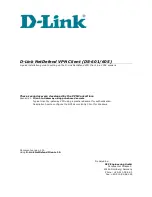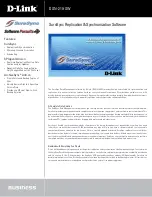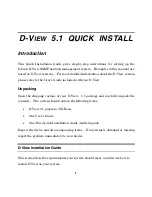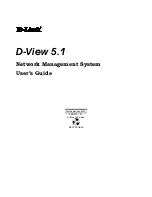
1
Click Duct/Pipe/Wire etc. tab
➤
Modify panel
➤
Show Connected Objects drop-down
➤
Show
Connected Objects
.
2
Press
ENTER
.
Finding Interferences
When you run interference detection, the software checks for interferences between the types of objects you
specify. You can check for interferences between
■
Building systems objects, for example, between ducts and pipes
■
Building systems objects and architectural/structural objects, for example, between ducts and walls
The software checks for interferences between objects in the current drawing, between objects in referenced
drawings (xrefs), or both (that is, between objects in the current drawing that interfere with those in an
xref). When an interference is found, a mass element indicating the interference is inserted at the location.
The mass element is removed when you exit interference detection mode, unless the setting to keep mass
elements is enabled. In addition, you can add tags to the mass elements and insert opening symbols to show
where openings in walls or other structural objects are needed. Also, tags and symbols are removed when
you exit interference detection, unless you specify that they remain.
IMPORTANT
Interference detection works with 3D objects (whether multi-view block-based or parametric). For
plumbing systems, interference detection works only with equipment and fixtures, not plumbing lines.
Running interference detection is helpful for doing the following:
■
Analyzing interferences after routing a service (such as supply and return duct), or analyzing interferences
for duct objects and MvParts against walls, doors, windows, columns, and beams.
■
Coordinating between disciplines for hard and soft clashes. For example, you can ensure that a supply
and return system doesn’t clash into other MEP Systems and that there is enough room to mount and
maintain the systems. A hard clash occurs when the geometry or 3D volume of an item or object intersects
that of another item or object. A soft clash occurs when the space surrounding an item or object intersects
that of another item or object. The surrounding space around an object is defined by an offset value and
can be configured for pipe work, duct work, cable trays, conduits, and hangers. Hard clashes are usually
more noticeable in drawings, while soft clashes are harder to detect.
■
Communicating the need for holes in structural components, such as holes in load bearing walls for
duct work.
NOTE
When you run interference detection, the detected interferences are shown by highlighting the intersecting
portions of the objects. By default, the interference highlighting color is red for hard clashes and yellow for soft
clashes. Prior to running interference detection, you may want to temporarily change the color of any AutoCAD
MEP objects and AEC structural members to a color other then red or yellow. As an alternative to changing colors,
you may want create a display configuration set to use with interference detection.
Running Interference Detection
When you run interference detection, you can check for interferences between MEP objects, or between
MEP objects and building elements. For example, while designing a supply and return duct system, you can
make sure that the supply and return duct do not interfere with each other. You can also make sure that
the duct systems do not interfere with any architectural or structural objects.
582 | Chapter 12 Creating Construction Documents
Summary of Contents for 235B1-05A761-1301 - AutoCAD MEP 2010
Page 1: ...AutoCAD MEP 2010 User s Guide March 2009 ...
Page 22: ...4 ...
Page 86: ...68 ...
Page 146: ...128 ...
Page 180: ...162 ...
Page 242: ...Modifying the elevation of a duct 224 Chapter 6 Drawing HVAC Systems ...
Page 264: ...246 ...
Page 480: ...462 ...
Page 534: ...516 ...
Page 616: ...598 ...
Page 658: ...640 ...
Page 788: ...770 ...
Page 802: ...784 ...
Page 820: ...802 ...
Page 878: ...860 ...
















































